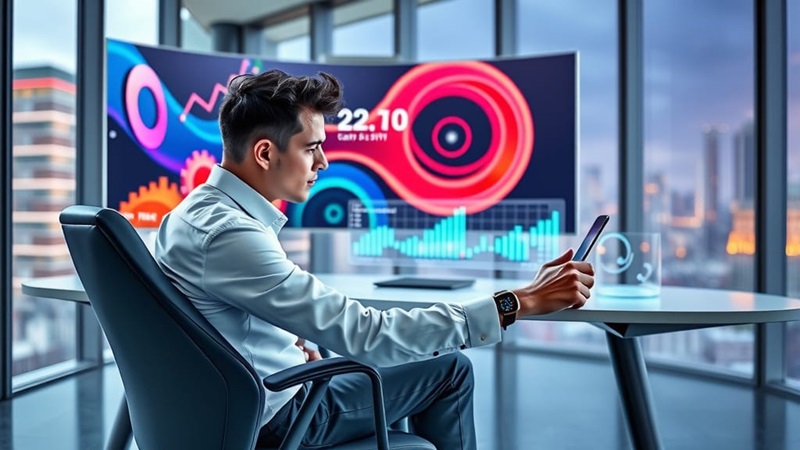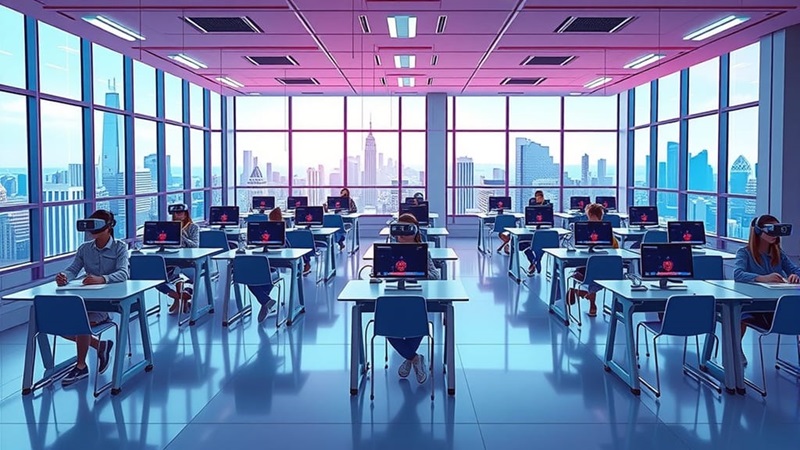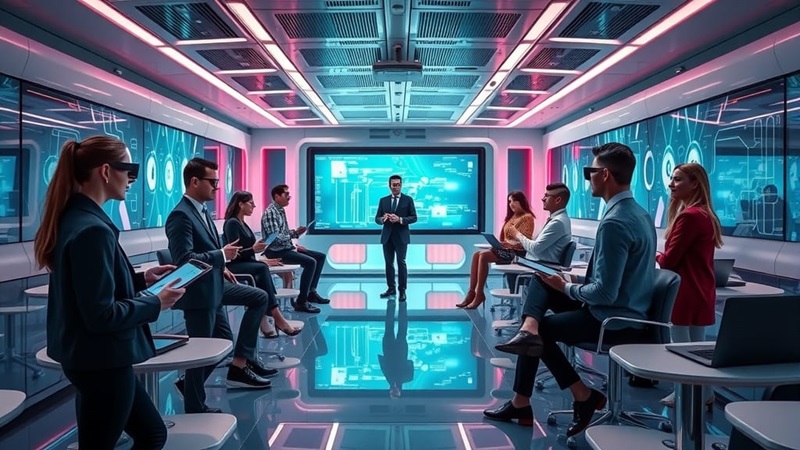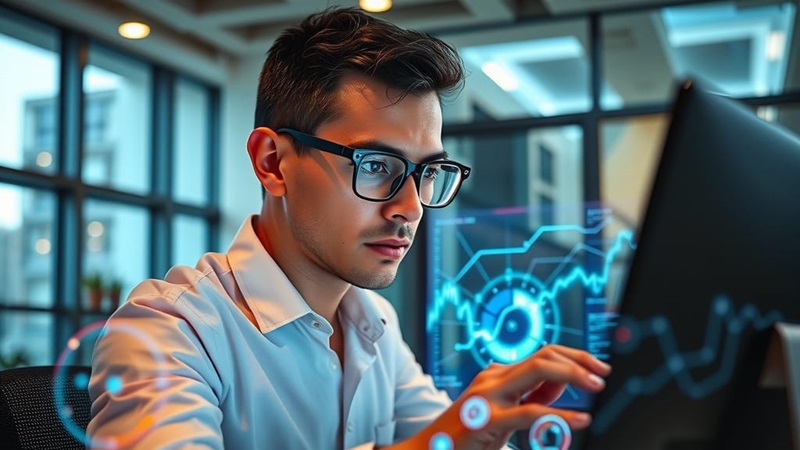The Emergence of AI Employees: A Paradigm Shift in the Workforce
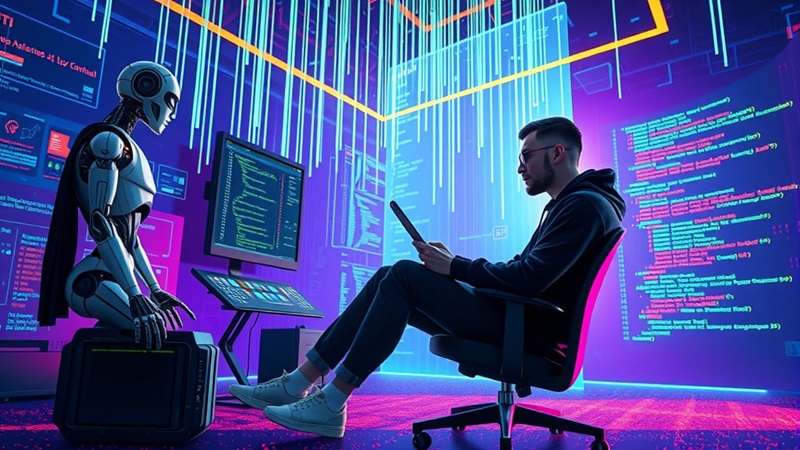
As artificial intelligence continues to advance at an exponential rate, the concept of AI as a workplace employee is no longer a speculative notion but a tangible reality on the horizon.
The integration of AI into the workforce has evolved from an auxiliary tool designed to assist human employees to a sophisticated entity capable of assuming roles traditionally occupied by humans.
This article explores the concept of the “AI employee,” examining its implications for the future of work, the essential skills required for collaboration with AI, and the challenges and opportunities presented by the hybridization of human-AI labor.
The AI Employee: Defining the Role
The “AI employee” refers to a system or algorithm that performs tasks typically managed by human workers, ranging from data analysis to decision-making.
These systems are designed to complement human capabilities, often functioning autonomously or in collaboration with human counterparts.
The emergence of AI employees signifies a paradigmatic shift in labor dynamics, moving beyond the automation of repetitive tasks to encompass more complex, decision-oriented roles.
The distinction between human labor and AI-driven tasks is becoming increasingly fluid, raising questions about the future structure of organizational hierarchies and the distribution of labor.
The Essential Skills for an AI-Enhanced Workforce
In this new era of AI collaboration, the skill set required for professionals is undergoing a profound transformation.
While technical expertise in AI programming, machine learning, and data science remains crucial, the ability to work effectively alongside AI systems is becoming increasingly important.
Skills such as critical thinking, adaptability, and interdisciplinary collaboration will define success in AI-integrated workplaces.
Professionals must not only be fluent in AI technologies but also possess the ability to contextualize AI insights within broader strategic objectives, ensuring that human judgment and AI-driven automation are harmonized to optimize outcomes.
Preparing for the Future: AI and the Hybrid Workforce
The future of work lies in the seamless integration of AI into existing organizational structures, creating a hybrid workforce that leverages the strengths of both humans and machines.
This hybrid model, where AI enhances human decision-making rather than replacing it, promises to increase productivity and innovation across industries.
However, this transformation necessitates a rethinking of workforce training, organizational culture, and ethical considerations.
Professionals must be prepared to navigate the complexities of AI-human collaboration, fostering a work environment where AI is viewed as an empowering tool rather than a replacement for human labor.
The Hybridization of Human and AI Labor
The rise of AI employees represents a significant departure from traditional labor paradigms, signaling the beginning of a new era where human expertise and artificial intelligence converge to redefine the future of work.
As organizations increasingly rely on AI to augment their workforce, professionals must cultivate a unique set of skills that enable them to collaborate effectively with AI systems.
The successful integration of AI into the workplace will not only enhance productivity but also foster a more innovative, adaptive, and future-ready workforce.
Ultimately, the collaboration between humans and AI will be the key to unlocking new levels of efficiency and creativity in the evolving landscape of work.
